Overview
This document provides the description, supported features, and installation instructions for the Cisco 3G/4G LTE and LTEA Omnidirectional Dipole Antenna (LTE-ANTM-SMA-D).
The LTE-ANTM-SMA-D omnidirectional dipole antenna is designed for indoor use with Cisco 4G Long Term Evolution (LTE) and Long Term Evolution Advanced (LTEA) Service Routers (ISRs) and Pluggable Modules with an SMA connector.
The LTE-ANTM-SMA-D antenna is marked with a dual green band to indicate that it supports Cisco LTEA routers and modules.
This antenna has the following features:
- Support for frequencies of 698-960, 1448-1511, and 1710-2690 MHz.
- Standalone antenna peak gain of less than 3.7 dBi in the supported frequency bands.
- Articulating joint that can maneuver into three stop positions: 0°, 45°, and 90°.
- Male SubMiniature A connector that allows direct mounting of the antenna to any Cisco supported router or Pluggable Module with an SMA connector.
- The SMA connector design has added rotational frictional torque to ensure the SMA interface stays properly mated, and to reduce chances of a disconnect. The design is also more finger friendly compared to a classic SMA hex nut design.
For optimal performance, we strongly recommend that you use two antennas to take full advantage of MIMO technology on all Cisco cellular routers that support MIMO (4G LTE and later releases).

See the following table:
|
1 |
SMA connector 0° position |
|
2 |
SMA connector 45° position |
|
3 |
SMA connector 90° position |
|
4 |
Articulating Joint |
|
5 |
Product ID |
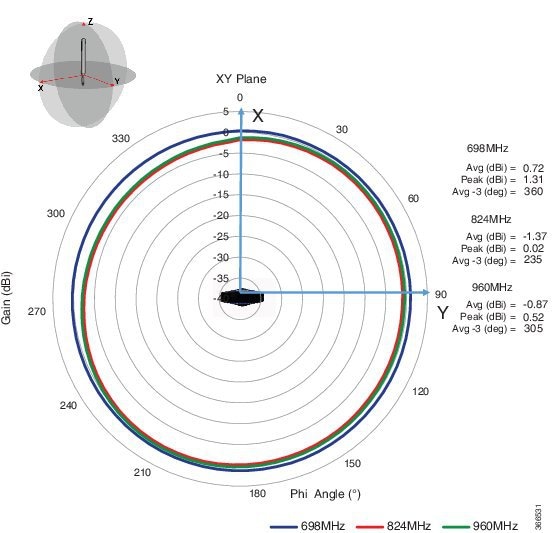
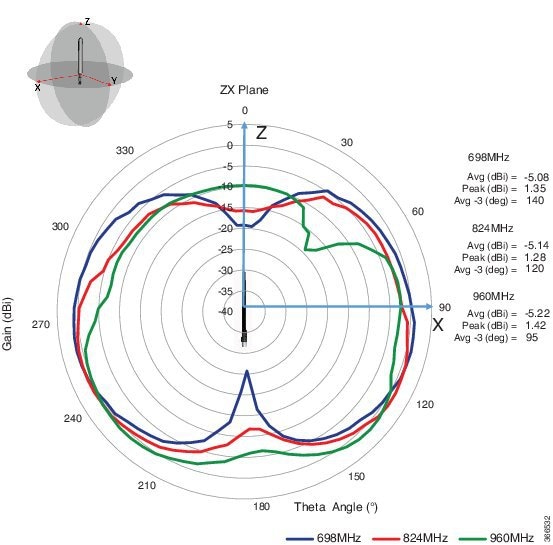

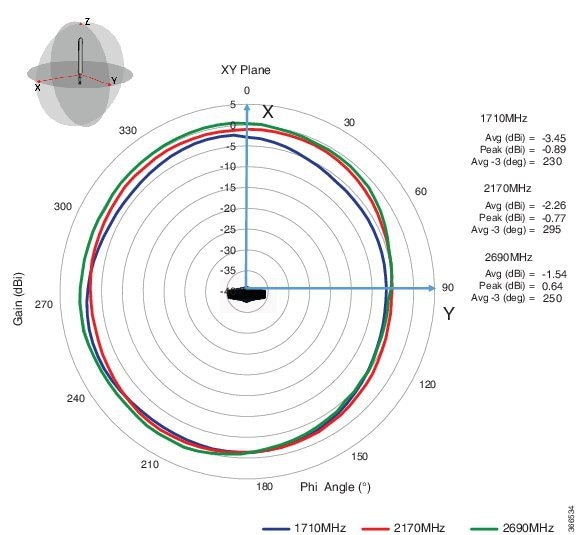
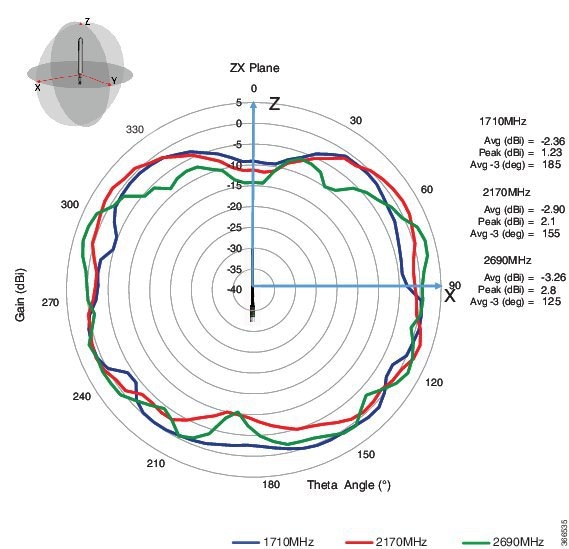
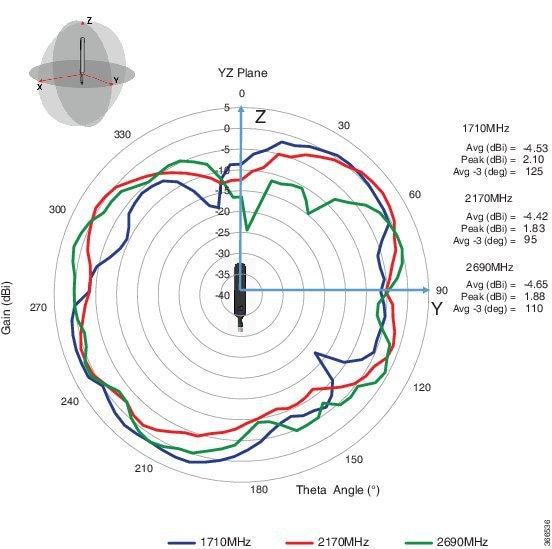

 Feedback
Feedback